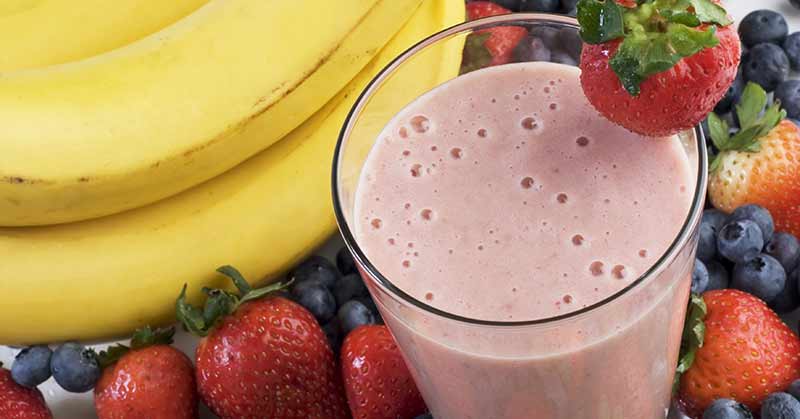
By Carl Valle
Some of the most underrated and valuable professionals manage sports nutrition. They play a vital role in getting athletes better. The greatest ones change lives, not just diets. On the other hand, many nutritionists are outdated and ineffective. Choosing the right nutritionists and evaluating their impact can be challenging. Nutrition is a very difficult area to evaluate outside of body composition and blood chemistry. No stomach monitor exists, and other areas of nutrition measurement are invasive and impractical.
The conventional style of nutrition support doesn’t work. The “nutrition therapy” model—great for private psychologists but which fails to deliver results for athletes—needs to change. I have spent good money on nutritionists and worked with some great people who have made me more effective. Over the years, I have witnessed an amazing change with nutritional guidance. I believe that championships—ranging from the local level to the entire world—in swimming and track are the result of eating better. Cutting-edge and technology-savvy sports nutritionists are the rekindled secret weapon. Take care of them as they influence the results of a program multiple times a day. Unfortunately, not having the right person results in lost opportunities and a colossal waste of money.
I have worked with many nutritionists. Ten years ago I hired John Berardi to help my high school athletes smash state records in swimming and get into better D1 colleges as a result of smarter sports nutrition. Now that technology and sport science have evolved, the new era is going to be more interactive with athletes and their nutrition practices. Here are six factors in choosing the best person for your nutrition program.

They Are Nutrition Coaches Instead of Nutrition Consultants
Talk is cheap, but not when it comes to consulting fees. Some nutrition programs are hampered by their business models, making results limited to contact or face–to-face time. Many people hire a personal trainer to work with them at top dollar three times a week for months. But if nutrition impacts someone multiple times a day, why do we see a nutritionist once a month tops? The reason is similar to exercise. Many people think they already know what to eat, or read the latest diet books and become instant experts. Everyone can eat. Even toddlers do it on their own. But how many of us eat right? And what is right? With so many Ph.D. experts disagreeing, no wonder people tackle nutrition on their own instead of listening to real expert advice.
The new model is nutrition coaching— working with people instead of working with diets. What amazes me is that some nutritionists seem to become more like IRS food auditors, combined with a portion of educational advice. Instead of talking about macronutrients and other boring elements, nutrition coaching is about high-impact issues like athletes drinking to deal with physical pain and pressure. The really ugly problems one can address are the ones that will more impact life changes. Lecturing about broccoli and calories in soda may work for moms and dads with their children, but rarely with athletes. Athletes are people and have people problems. The goal of nutrition coaching is to address solutions and motivate on the benefits the changes will create.
The new model is nutrition coaching— working with people instead of working with diets. Share on XA good measure of an effective nutritionist is the obstacles athletes overcome—eating disorders, fast food behaviors, and poor lifestyle habits. Tackling the hard stuff means the most common and basic challenges are easy to deal with and fall into place.

They Focus on Engagement and Enjoyment Rather than Education
I have a saying that resonates with a lot of people: “It’s not what you know; it’s what you can get your athletes to do.” I am outraged that many professionals love lecturing about new information when they don’t question why athletes don’t adhere to information they already know to be important and factual. The key for getting people better is to do the things that matter, not wait to do the advanced stuff when they can do basic stuff right now.
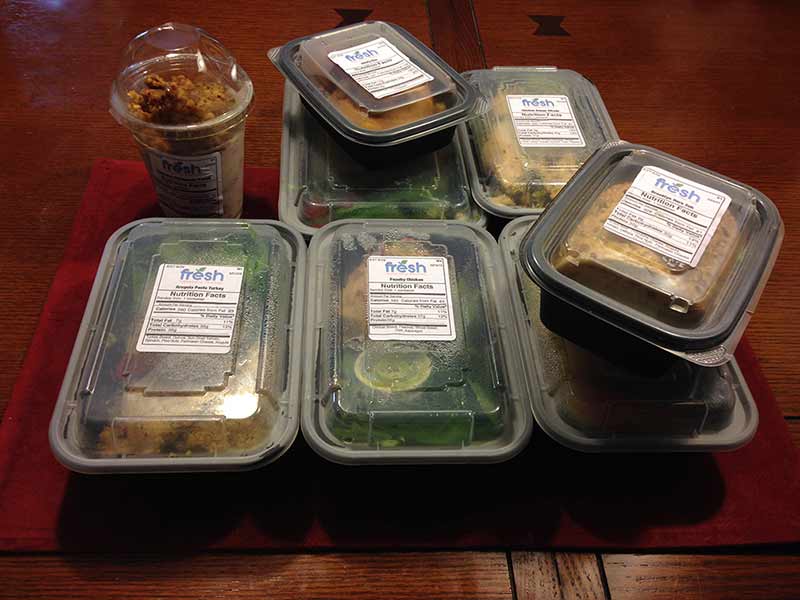
Catered meals based on the needs of athletes is a measured solution versus boring lectures and weak education ideas. Sometimes having a prepared option like the FreshMealPlan works like a charm.
When hiring a nutritionist, some coaches look for expertise and someone to “talk to the kids” or “schedule a meeting” with individuals. Instead, coaches should look at what they are doing to make nutrition a healthy celebration of life versus “fueling strategies.” I keep resorting to the same mistake—trying to make athletes better by suggesting solutions based on dietary augmentation versus trying to connect better to make them appreciate nutrition and enjoy the process.
It’s not what you know; it’s what you can get your athletes to do. Share on XFood from a sports nutrition perspective is often too biological. Sure, the science must be sound. But we are not fueling cars, we are feeding people. When engagement and enjoyment decrease, so do adherence and compliance. When food is celebrated and properly consumed, it’s a lifetime commitment to eating as a part of the social responsibility of the human race instead of “eating for me.” Modern society is aware of fair trade and free range, so eating is no longer just about calories and taste preferences. People are showing more and more interest in how food is ethically grown and prepared.
Teams that eat together and get more involved with the entire process will get better results than bland lectures or presentations. Education must be part of the nutrition solution, though not the entirety. Sometimes a few quick, goal-based presentations can mold athletes, but making food enriching is about having a passion beyond supplement strategies.
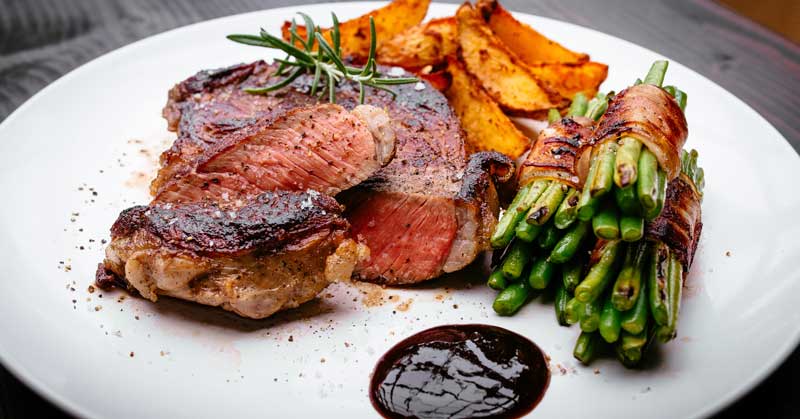

They Interact with Data Daily
Athlete monitoring is great, but the nutrition side seems to be limited to calculating calories versus crunching what matters. The new future is going to be about making the lives of athletes more efficient in doing the basics such as shopping, eating on the run, and preparing meals more intelligently. Data is a buzzword, but recordkeeping can’t be just the amount of beverages and protein powder orders. It must be deeper and wider. There are four essential elements:
- Body composition – I realize body composition and weight are tricky with eating disorders, but not measuring or evaluating will not make them go away since mirrors and scales are so freely available. Eating disorders are beyond the scope of this article, but, for the most part, a healthy and honest relationship will make it better for all parties when solid relationships of trust exist. Body composition should be seen as a health marker, and measuring should be done at a frequency that is healthy to the population. Nutritionists should be part of the responsibility for keeping people in athletic form safely.
- Bone density – Building bone health is an area that needs more attention. Workload and nutrition can improve or impair bone health. Bad things happen when athletes get stress fractures due to vitamin D deficiencies or mileage doesn’t match bone status.
- Glycogen stores – Even if athletes are efficient metabolizers of fat stores, glycogen is the high-octane fuel for sports. Some pro athletes have issues with consuming enough carbohydrates because they may be very large and still have normal appetites. Add busy schedules and long practice times to the equation, and normal eating results in poor energy stores. What I tend to see are “bar and beverage” solutions that mask the problem of using a calendar and slowing things down. If you eat on the run, nutrition coaching must be dialed in instead of buying convenience calories.
- Biochemistry – I have dedicated my career to zeroing into athlete biochemistry because I have seen athletes rebound and crash from its details. No matter if it’s high school or pro, getting blood cell and vitamin/mineral status are the direct way of knowing what is going on. Subjective food logs or other estimates are useful, but what’s written may not be what is absorbed or even actually consumed.
Obviously one can involve ever-increasing amounts of data, but nutritionists should have their hands full with these four needs. Most nutritionists in college work with all athletes, so the ratio of support is very demanding. Still, those big four data points must be managed every day for real changes in injury rates and performance.

They Give Athlete-Specific Advice Instead of General Advice
My favorite example of awesome nutrition support came 15 years ago when I had just started to dig into high performance. I had the opportunity to work with Jennifer Hutchinson, nutritionist for the Tampa Bay Buccaneers. When we started using her services, she focused on getting to know the underlying patterns and profile of the athletes with a three-page questionnaire that got to the heart of the matter: knowing the athlete. The basics of nutrition matter but they must be tailored to the individual.
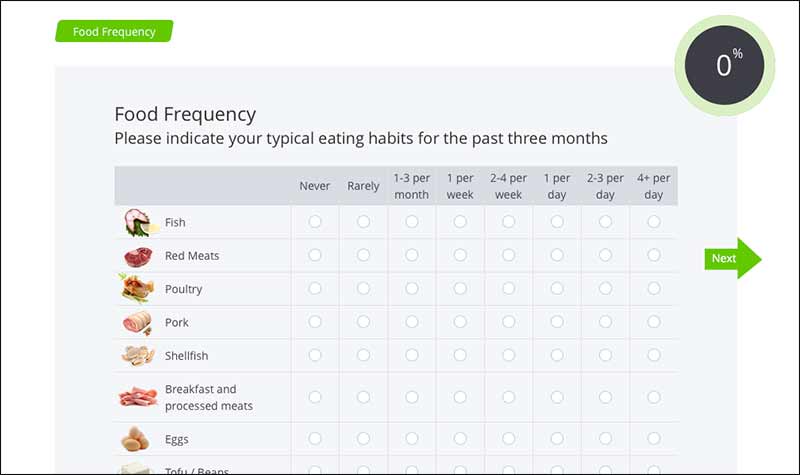
Nutrition is highly unique to the tastes and preferences, not just the content of the food and supplementation. Using the Goals and Questionnaires of InsideTracker.com is a wise investment for precision style meal plans.
Also, merely getting reams of data on athletes without knowing their backstory isn’t effective. For example, those of a specific heritage may not eat the way their family does, or someone may be a vegan for the wrong reasons. Many eating patterns are dynamic, meaning the data will float and change based on several factors. Here’s how to develop a good diet plan:
- Profile – Sometimes profiling is a bad thing, sometimes it’s essential to solving crimes—but with nutrition be careful. A profile of an athlete is a starting place. Since this information may change, don’t base everything on the first assessment. Many times nutritionists will create a series of buckets to lump people together. While this is convenient, it’s better to let the athletes fall into N=1 versus typing. Grouping is fine for managing, but solving the needs of individuals is paramount in the long run.
- Preferences – What and where people like to eat is good to know, but the starting points in athletes are not what will achieve goals and dreams. Preferences are currently favored options and will be obsolete or overplayed if not managed. Suggesting that athletes have an omelet every day—even if they athlete like it—will backfire. The goal is to expand and rotate interests to improve compliance and provide custom food options based on a journey and discovery, not matching old initial data of an individual.
- Patterns – Failure leaves clues, and so does success. Patterns of eating habits are a great way to see how people make decisions. Devoting a lot of attention to behavior modification is gaining traction in the general coaching world, and for good reason. Coaches try to change athletes, and that starts with changing what is consistently happening. In giving dietary advice, make sure you look for the stationary targets (patterns) versus the moving ones.
- Planning – Teaching planning is better than only teaching adjustments. Nutritionists should focus on creating ways for individuals to be independently focused and constructively selfish. A simple example of avoiding guilt by association is not falling for the lowest common denominator. Athletes socialize and live with others. Often they eat to the average of who they are around the most or to the lowest person.
To summarize, giving impacting information or suggestions means you must get more information on the person you are working with—that leads to a higher percentage of adoption.
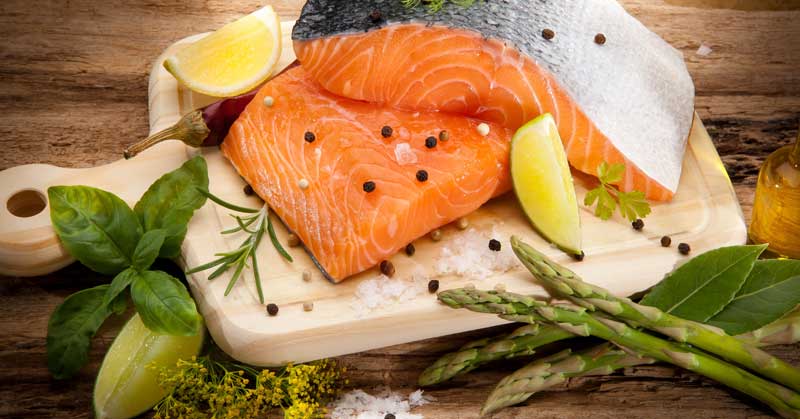

They Focus on Meal Systems Rather than Food Logs
Many nutritionists love smartphone apps to log meals as that solves the need to measure nutrition subjectively. I find food logging is okay for some, but others don’t like doing it and the support system crashes. The cardinal mistake one can do is get volunteer data without feedback, and having the burden of 21 meals a week can make the exchange between nutritionist and athlete very difficult. It’s better to have a meal system in which one logs lack of compliance rather than recording everything after the meal or snack.
Meal systems are ways to eat, rather than just listing meals. Many variables can make meal plans fail, so it’s better to focus on conceptual and important variables rather than exact food lists. An essential part of successful monitoring is always giving back something useful or rewarding inputs. One-way communication is not sustainable or enjoyable.
An example of a meal system is the responsibility of becoming successful with breakfast. Getting athletes to wake up and eat is far from simple. Some athletes have to train early, some don’t, some do intermittent fasting and eat later in the day. No matter what, the first meal matters. The solution for breakfast and other self-prepared meals is shopping, sorting, preparing, and cleaning. Focusing on the nuances of getting food from raw and unorganized to palatable entails a lot of steps, and distilling to what is repeatable over time is why I listen to Landon Evans. He emphasizes simple things like rotating fruits in cottage cheese, changing protein powders in yogurt, and mixing up spices and flavoring for quick-start frittatas.

They Focus on Teaching Cooking Instead of Following Recipes
Don’t get me wrong—recipes are the end solution or applied part of nutrition. But giving recipes without knowing or evaluating the skills and tools of those you are sending them to usually makes no sense. Teaching someone how to cook basic meals empowers that individual to be independent and remove barriers.
Shopping and preparing meals is indeed work, but anyone with simple cooking skills and a decent amount of time can whip up meals that are better and less expensive than cafes, restaurants, and dining halls. Blue Apron and HelloFresh are great starting points for busy athletes, as they are a nice method of getting people started with cooking. In order, here are the big four skills athletes from high school all the way up to elites should learn.
- Blend – The lowest hanging fruit is making sure athletes are not inept. Making smoothies isn’t complicated, and the need for a quick snack or meal replacement is real. Knowing how to use a blender makes things one step better.
- Heat – Using a crockpot, microwave, or stove involves simply following directions and being present. It’s the intermediate step to something more.
- Bake – The next step after heating up food is baking. While baking is not much different than heating something up, the time required and margin for error are high unless one is experienced.
- Fry or grill – Many athletes like grilling, especially down South. They can learn to stir-fry and grill meats and vegetables, and starting with the simpler options first increases the success rate.
Teaching someone to cook doesn’t mean you have to go to an athlete’s living quarters. It’s just about asking them to get out of their comfort zone a little.
Parting Thoughts on Nutritionists and Athletes
Proper nutrition is a great way for athletes to get better. It has always been my core element in training. Coaches spend hours and weeks on programming and planning training with intricate periodization plans, but usually only craft quick emails on nutrition. Nutrition is a major investment requiring staff and people vested in a program, not an outsourced solution that merely creates an illusion of covering the bases.
If you are a high-performance advisor, make sure your nutritionist has these six qualities. If you are a high school or youth coach, exposure to this list will help get things on the right path. While not all athletes respond to advice or suggestions, having something in place gives you a chance to tap into an amazing part of sports performance.
Please share so others may benefit.
[mashshare]


I like how you stated that the goal of nutrition coaching is to motivate real changes that bring benefits. I think this would be especially helpful for someone like my wife who is learning to cope with diabetes. She loves being active, and having a nutritionist that can help coach her on how to make lifestyle eating changes without sacrificing her active lifestyle would be a huge benefit.
It’s interesting to learn that when it comes to hiring a nutritionist there are some benefits with it. I like how you mentioned they will focus more on meal systems, which is great so I will know how to eat. This is something that I will keep in mind to help me live a healthier lifestyle.
That’s interesting that a meal system teaches someone how to eat rather than giving them a list of food they have to write down when they eat. This would be beneficial for many people that I know since they hate having to keep track of the food they eat all day if they are trying to watch their nutritional intake. My husband and I also would probably like doing something like this so we’ll have to look for a nutritionist that does a plan like this so we can stay in good shape and have healthy bodies.
Great information for someone who interested in becoming a sports nutritionist.Thanks for sharing.
It’s great to learn that a nutritionist could help you achieve your diet plans based on healthy eating habits. My friend wants to try participating in cycling tournaments and I want to help her out! I’ll be sure to let her know about the benefits of contacting a nutritionist when we meet again.
I agree that enjoyment is also a huge thing to consider when improving one’s health. I’d like to find a good nutrition consulting service soon because I want to start working out more often. As such, a protein-rich diet might be needed for that.